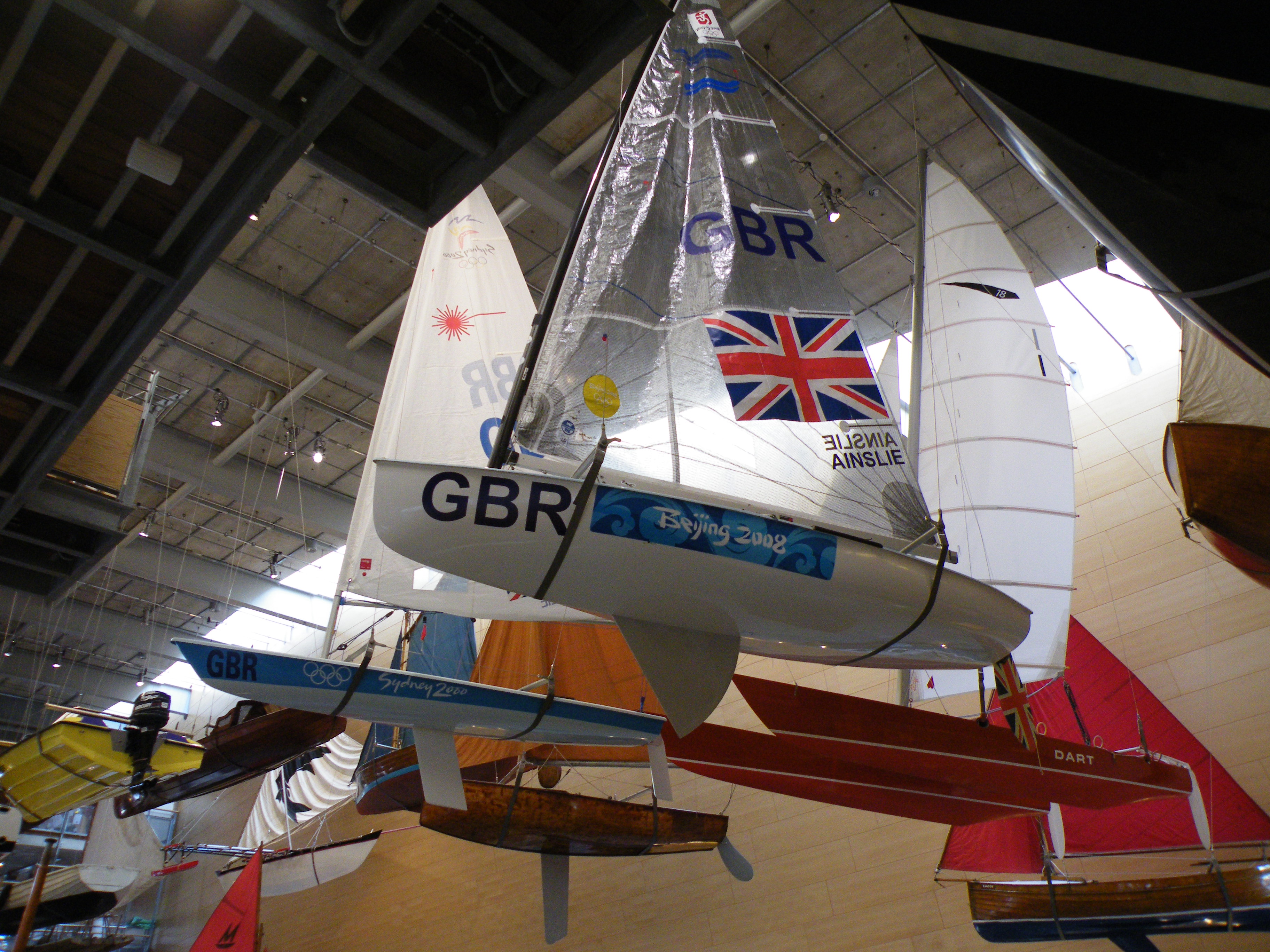Publication of the MMO’s Seascape Assessment for the South inshore and offshore marine plan areas marks a major advance in bringing seascape effectively into the evidence base for marine plan preparation.
It’s an important consideration in a country which still enjoys much of its leisure time by the sea, celebrates our considerable watersports successes at major games events, including the Olympics, and whose maritime history shapes so much of our collective identity. That history has left a rich maritime heritage both material, such as shipwrecks, and the intangible, including the locations of past naval battles and medieval trade routes.

The Marine Policy Statement is clear regarding seascape that the MMO should ‘take into account existing character and quality, how highly it is valued and its capacity to accommodate change specific to any development’. Assessment of seascape character as a framework for understanding how people value it and to guide the sustainable management of change also contributes strongly to meeting the UK’s obligations, since 2007, under the European Landscape Convention (ELC) whose scope specifically includes marine areas.
But the importance of this publication extends beyond simply meeting obligations. People attach strong values to seascape character which vary with their many differing perspectives. That character has been shaped by natural and cultural processes but is understood in people’s minds by combining with their own personal interests to create feelings of a place’s distinctiveness. Seascape is far more than just views of the sea surface and/or coast: it reflects people’s personal connectivity with coastal and marine areas.

English Heritage’s ‘Historic Seascape Characterisation’ (HSC) has recently mapped the historic dimension of seascape character around England’s coasts and seas. Along with specialist contributions from other bodies, HSC played an important role in ensuring the South Inshore and Offshore seascape assessment is well informed on the cultural history and processes that have shaped those plan areas’ character. Understanding how past people influenced an area’s current seascape also enriches present people’s seascape perceptions.
The MMO’s extensive public consultation in this assessment was, I feel, well-founded. It engaged comment on the draft content from the diversity of public users of these seas and the coasts behind them. Of course many views conflict: not all can be accommodated, but importantly the exercise sought optimum public consensus behind the assessment now published for use in plan preparation. It has already enhanced understanding among many of these plan areas’ users on how cultural and natural processes combine to produce the seascapes so familiar to them. At a time when science-based goal-setting for more sustainable relationships with marine resources needs to find more effective connection and support in popular understandings of the sea, ‘seascape’ offers a common medium spanning both expert and public views. In furthering that, the MMO’s publication of this seascape assessment certainly contributes to achieving the UK vision for the marine environment: clean, healthy, safe, productive and biologically diverse oceans and seas.